Recently, a group of WB experts sent to a workshop on university autonomy an analysis report on the finances of higher education in Vietnam , which discussed in depth the issue of state budget expenditure for this sector.
STRONG INVESTMENT IN HIGHER EDUCATION IS AN INDISPENSABLE REQUIREMENT
According to this report, Vietnam has the ambition to become a high-income country with equal sharing of economic prosperity by 2045. To achieve this ambition, strong investment in higher education is an inevitable requirement.
In recent years, although the Vietnamese higher education system has achieved some successes, they have not really been commensurate with the outstanding results in terms of equitable economic growth and human development. The success of the goals and efforts to develop the Vietnamese higher education system depends largely on the ability of the Vietnamese Government to significantly increase the budget to support training and research, while ensuring that the budget is used effectively.
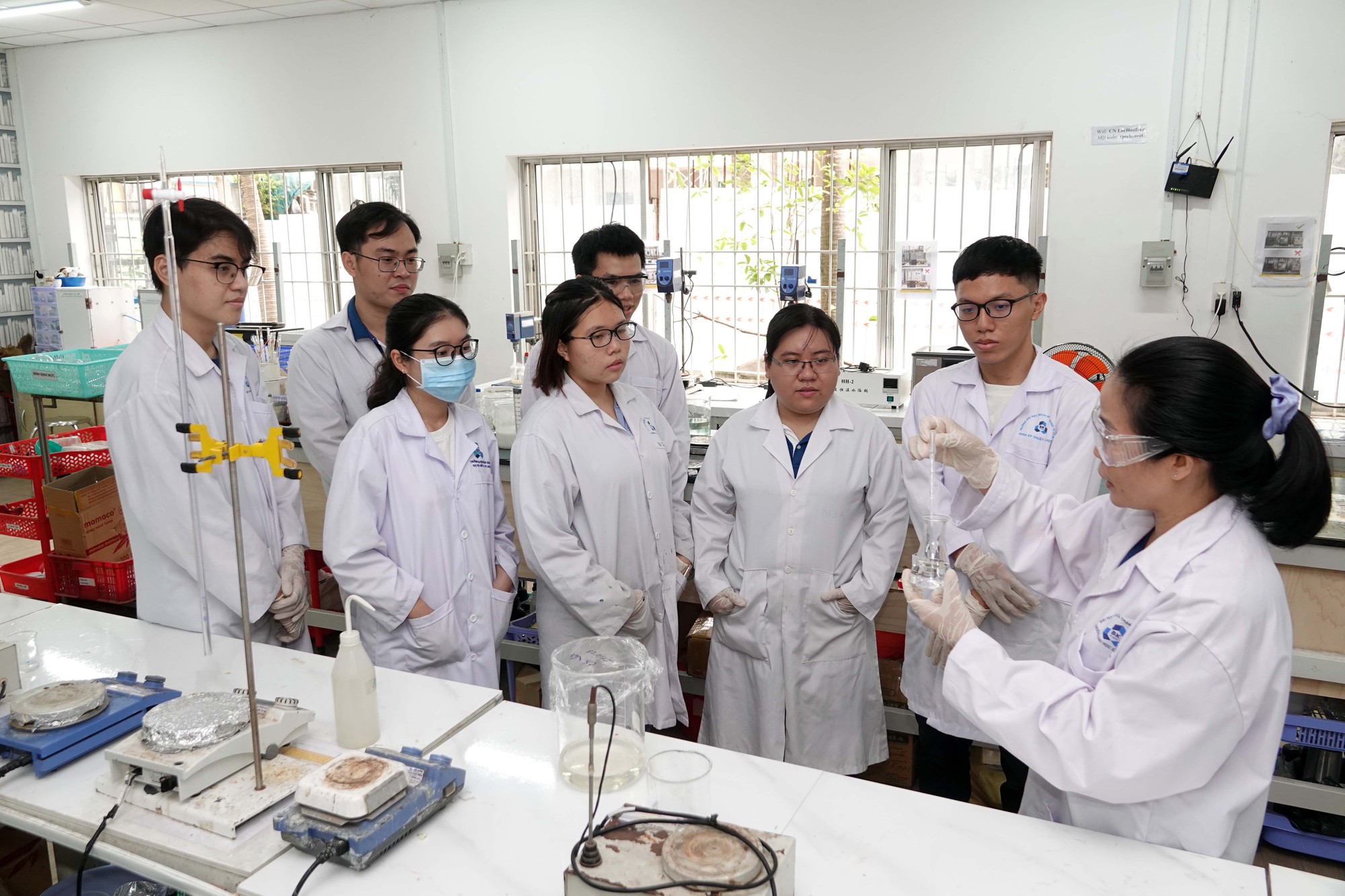
Vietnamese universities receive very little budget for research and development activities.
When tuition fees are the main source of university income
However, in reality, Vietnam can be considered an "exception" (in terms of state budget investment in higher education) as it is one of the countries most dependent on tuition revenue. The proportion of public budget allocated to higher education is 0.23% of GDP and 0.9% of total public expenditure (reaching 4.9% of total public expenditure on education). Based on data from many sources, when comparing these indicators with countries at the "desirable" level of development and countries at the same level, Vietnam is the lowest.
The research team also surveyed a number of universities on household contributions to higher education and found that this source of funding has increased steadily over time, and is now the most important source of revenue for public universities. In 2017, the state budget accounted for 24% of the total revenue of the surveyed public universities, 19% came from other sources (such as research and development, technology transfer and other services), and student contributions (tuition) were 57%. But 4 years later (2021), household contributions skyrocketed to 77%, while the state budget dropped to only 9%.
"This situation sounds the alarm about the unsustainability of higher education financing, the financial burden as well as the risk of being left behind is becoming more and more evident for students from households with financial difficulties," the research group warned. From there, the group recommended: "In the current situation, Vietnam needs to especially avoid transferring the financial burden of higher education to households/students when the level of public spending and investment in higher education is still very low, as well as not letting the higher education system become too dependent on tuition fees while poor households still face many financial constraints and constraints."
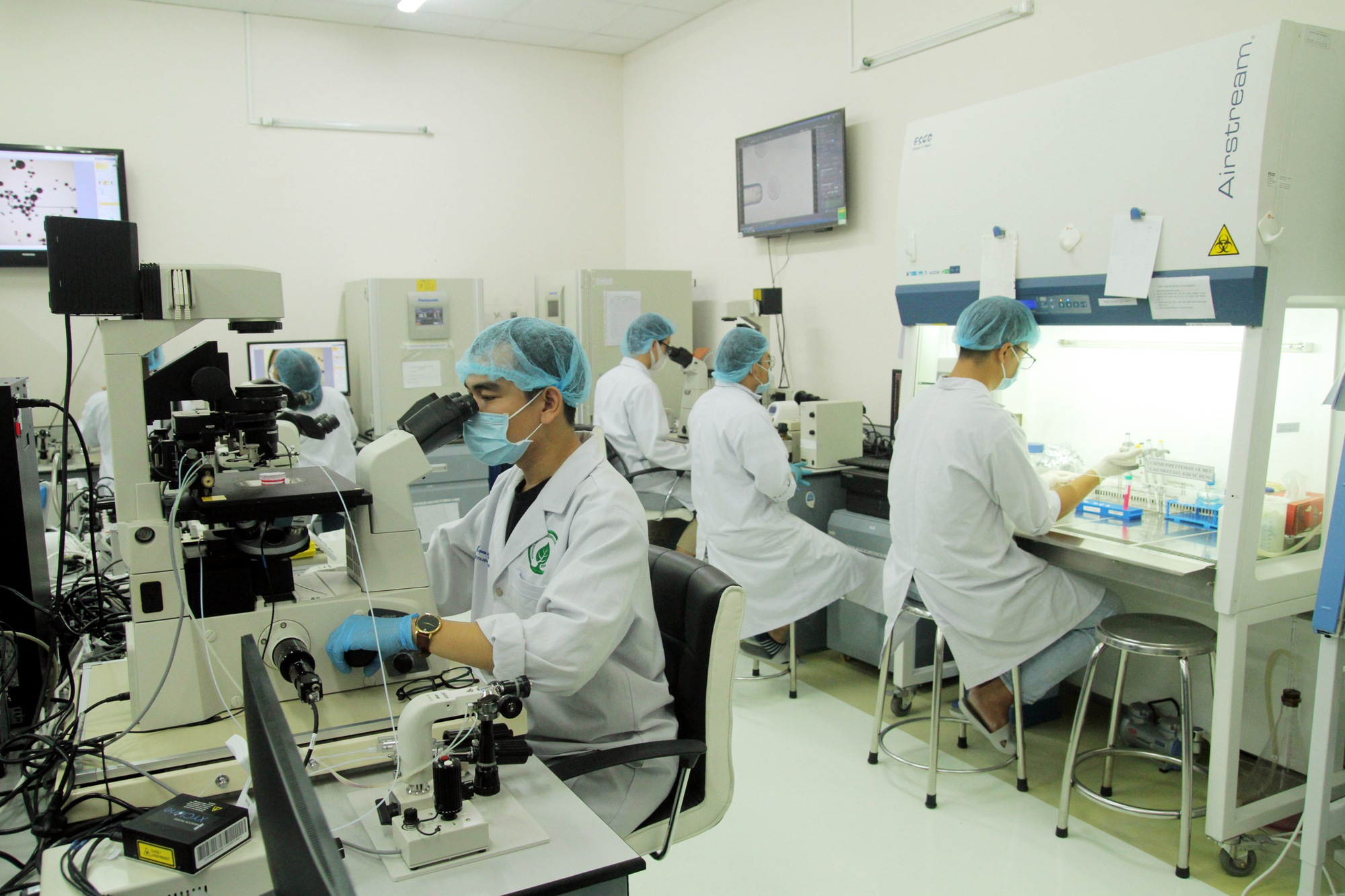
Students of International University (Ho Chi Minh City National University) practice in the laboratory
RISK OF INEQUALITY IN ACCESS TO UNIVERSITY
According to the research team, the structure of the cost-sharing model is becoming unsustainable and creates a risk of increasing inequality (in terms of access to higher education). Meanwhile, financial support for students (including scholarships and need-based loans) has low coverage, small value and unattractive repayment terms in the case of loans. Vietnam does not have a national scholarship program to support university students. The government has required public universities to provide scholarships to at least 10% of students. However, this policy is placing a financial burden on universities (while university revenue is mainly from tuition fees). Universities are also supported with regular expenditure funds to compensate for tuition fee exemptions for priority students. However, these exemptions are too low (and the beneficiaries are too few), not enough to have any significant positive impact on equity in access to higher education.
The student loan program, managed by the Vietnam Bank for Social Policies, is the only form of student credit currently available at the system level. However, the cumbersome and complicated procedures and loan amounts are limited to just enough or nearly enough to cover basic tuition fees, leading to increasingly low coverage. The number of students benefiting from the loan has been gradually decreasing, from 2.4 million students in 2011 to 725,000 in 2017 and only 37,000 in 2021.
In 2023, the Ministry of Education and Training and the World Bank jointly conducted a survey on this issue. Initial data analysis showed that nearly 15% of high school students and their parents facing financial barriers considered using student loans if university tuition fees were higher than they could afford. Of these, 49% of parents and 50% of students considered changing their major if tuition fees were too high, such as switching to a major with low tuition fees, choosing majors with priority for tuition exemptions, or switching to a major with higher income potential. With the option of borrowing to study, parents prioritize borrowing from relatives over using student loans.
Public spending on higher education as a share of GDP (%, 2019)
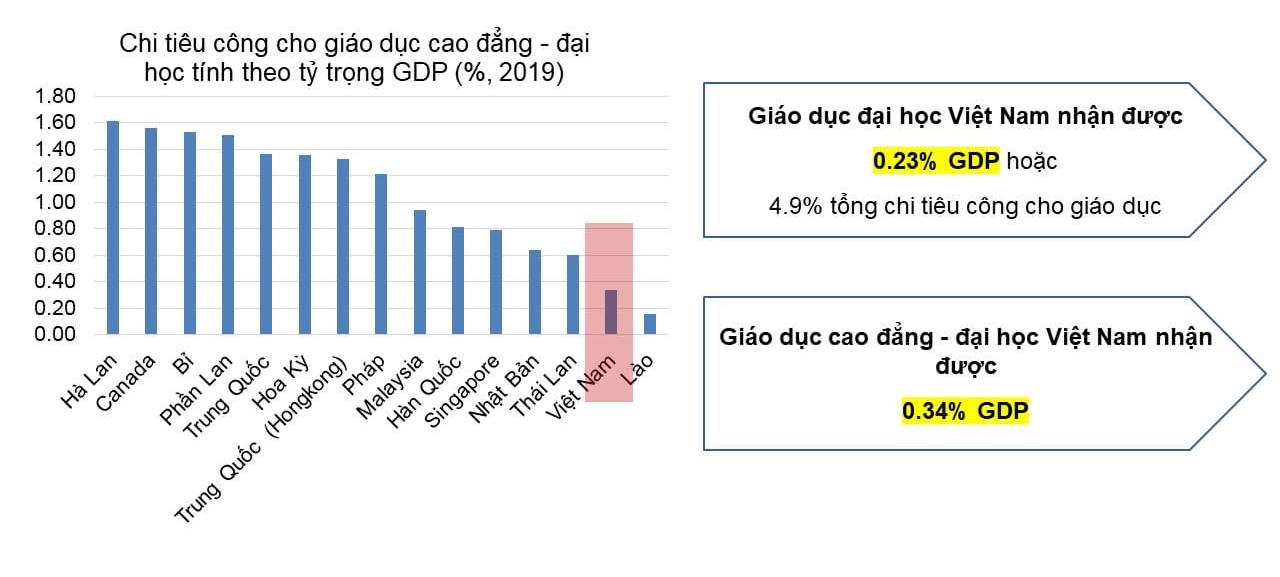
Source: WB RESEARCH GROUP
VERY LITTLE SPENDING ON RESEARCH ACTIVITIES
To become a developed country, Vietnam needs to prioritize high technology and technology-based industries with a well-trained workforce, and needs to transform its economic sectors from assembly and packaging to more sophisticated and higher-value research and development (R&D) activities. Highly qualified R&D human resources are concentrated in universities, but the ability to access R&D investment sources in general and the state budget for this group is the lowest.
Public universities need an additional 300 - 600 million USD/year
The World Bank's research team on the financial status of higher education made five recommendations to the Vietnamese Government, four of which were related to state budget expenditures for higher education.
Recommendation 1 is that Vietnam needs to adjust laws, regulations, and policies related to financial autonomy and accountability of universities. Avoid equating financial autonomy with "financial self-reliance" or in the narrow sense, without support from the state budget. According to the research team: No country with a developed higher education system has gradually withdrawn or completely reduced regular funding for higher education institutions, especially research-oriented universities, like Vietnam .
Recommendation 2 is to increase investment, with the proportion of the state budget spent on higher education increasing from 0.23% to at least 0.8% - 1% of GDP before 2030. This is to support universities to ensure the quality and quantity of training, meet market demand and provide equitable access.
"The state budget needs to invest and spend at least 300 million USD (0.05% of GDP) to 600 million USD per year (0.16% of GDP) more on public higher education institutions, assuming that 80% of new students recruited to meet market demand will study at public higher education institutions, with the current cost-sharing structure," the report said.
Recommendation 3 is to increase state budget investment in R&D at universities commensurate with the proportion of human resources and research potential (the proposed level is to increase from the current 13-18% to at least 30% before 2026, commensurate with the approximately 50% contribution of universities to high-quality R&D human resources).
Recommendation 4 is to enhance the effectiveness of state budget investment in higher education through reforms in allocation mechanisms, accountability and simplification of procedures in parallel with increased financial support.
Recommendation 5 is to mobilize additional resources from businesses and the private sector through PPPs and diversify revenue sources.
In 2019, universities contributed about 50% of R&D human resources with doctoral degrees and 50% with master's degrees. However, research staff and lecturers from universities only accessed approximately 16% of the state budget (central and local budgets) for R&D, less than 7% of the total investment and expenditure for R&D from all sources (estimated figures based on the 2019 R&D report from the Ministry of Science and Technology). The corresponding figures for research institutes or national research agencies were 44% of the state budget, 17% of total expenditure from all sources.
Public spending on research is fragmented and managed by multiple agencies, including the Ministry of Science and Technology, ministries, sectors and/or provincial governments. This fragmentation hinders collaboration between different universities and research organizations, especially those under the management of different ministries/local governments. It also creates barriers to interdisciplinary research, as many universities/research institutes in Vietnam remain monodisciplinary.
Cost-sharing model structure at public higher education institutions in 2017 and 2021
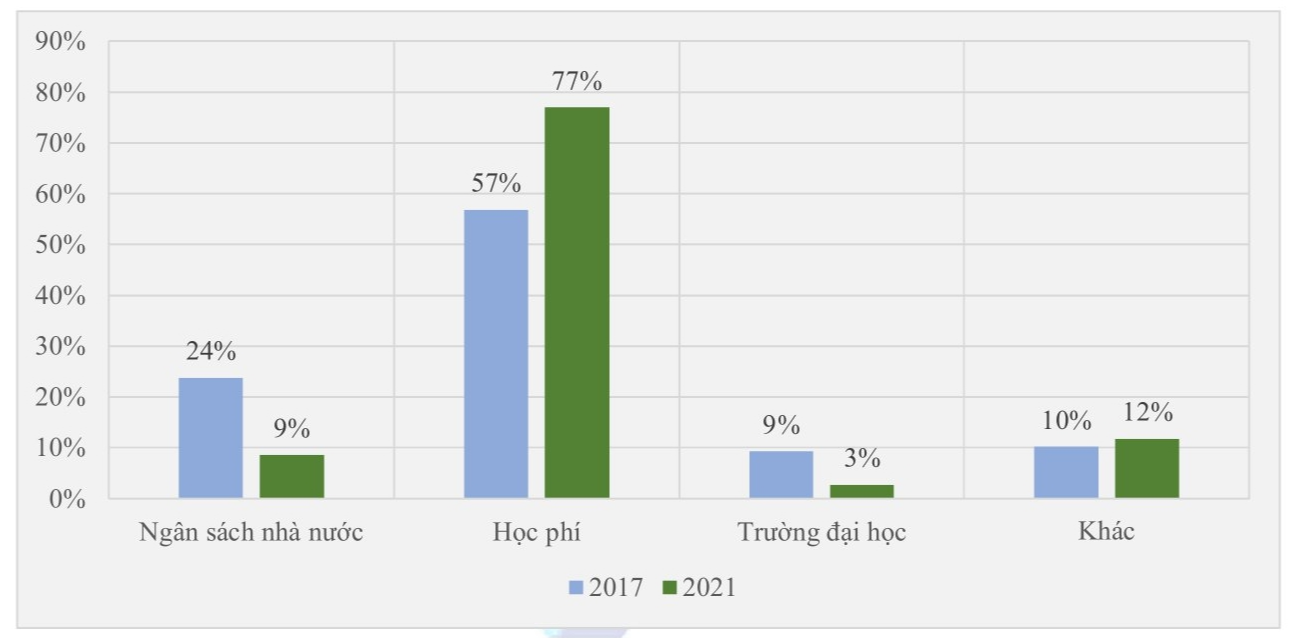
Learners' contribution to total revenue of Vietnamese public universities is increasing.
Source: WB calculated based on the 2018 survey of universities by the Ministry of Education and Training and the 2022 quick survey by WB
WHEN SOCIALIZATION IS MAINLY BASED ON TUITION FEES
According to the research team, the root cause of the above problems comes from the financial autonomy policy, which equates financial autonomy with the reduction of support from the state budget. An important policy change in 2015 was that the Government introduced a mechanism for public universities to gradually reduce their dependence on the state budget and increase cost sharing. This policy is only feasible for a few universities that are able to collect enough tuition fees through majors and training programs that are attractive to students.
That is why in Vietnam there exists the concept of "socialization of higher education", mainly based on tuition fees and contributions from households. Ironically, this concept is one of the four basic factors that are barriers to private participation, to public universities applying the Public Private Partnership (PPP) model in higher education.
Source link



![[Photo] Many practical activities of the 9th Vietnam-China border defense friendship exchange](https://vstatic.vietnam.vn/vietnam/resource/IMAGE/2025/4/16/3016ed3ef51049219574230056ddb741)
![[Photo] Opening of the 4th Summit of the Partnership for Green Growth and the Global Goals](https://vstatic.vietnam.vn/vietnam/resource/IMAGE/2025/4/16/488550ff07ce4cd9b68a2a9572a6e035)
![[Photo] National Assembly Chairman Tran Thanh Man meets with Ethiopian Prime Minister Abiy Ahmed Ali](https://vstatic.vietnam.vn/vietnam/resource/IMAGE/2025/4/16/c196dbc1755d46e4ae7b506c5c15be55)

![[Photo] President Luong Cuong receives Ethiopian Prime Minister Abiy Ahmed Ali](https://vstatic.vietnam.vn/vietnam/resource/IMAGE/2025/4/16/504685cac833417284c88a786739119c)




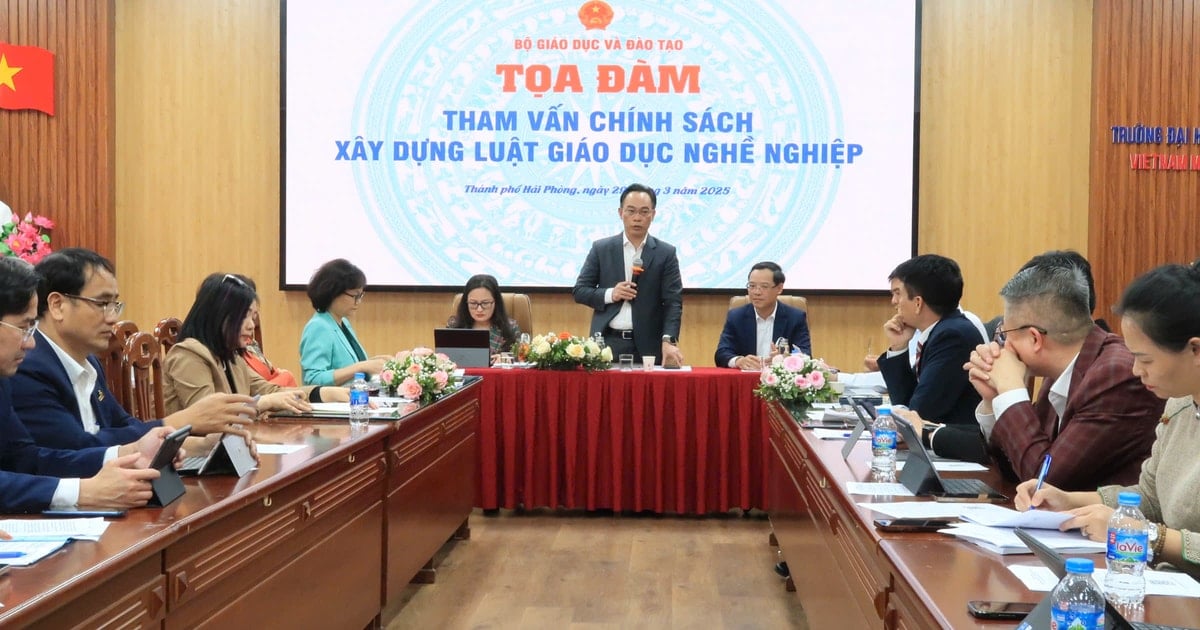



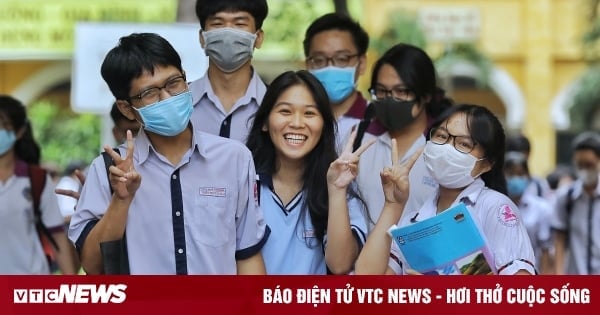

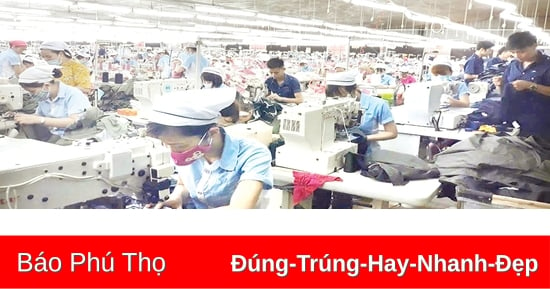


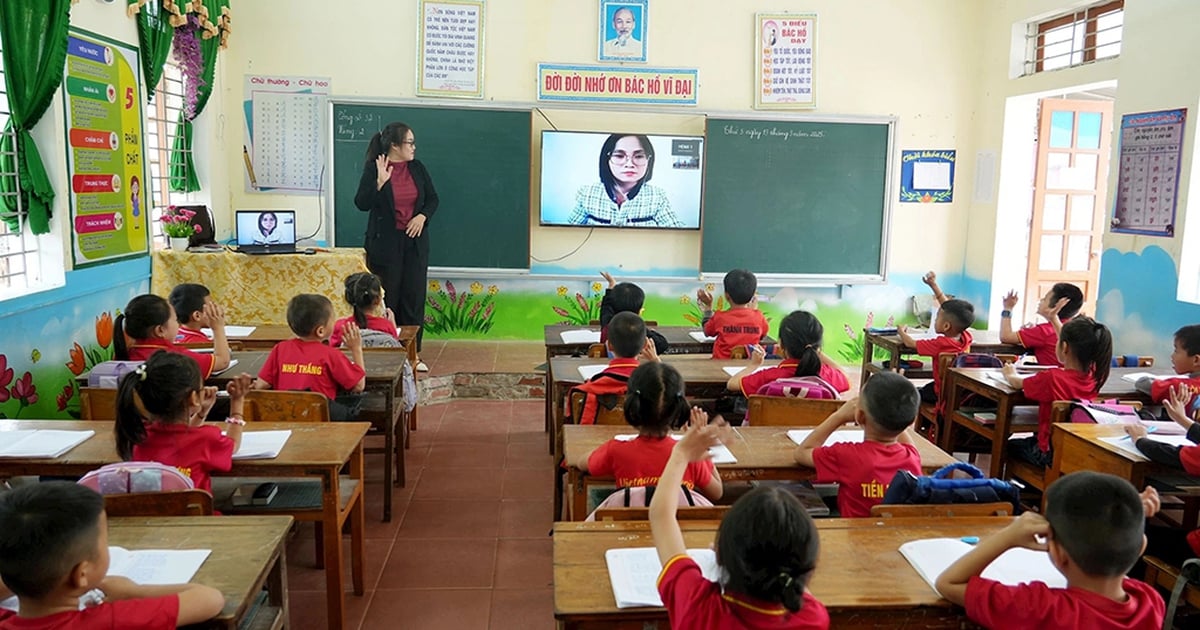
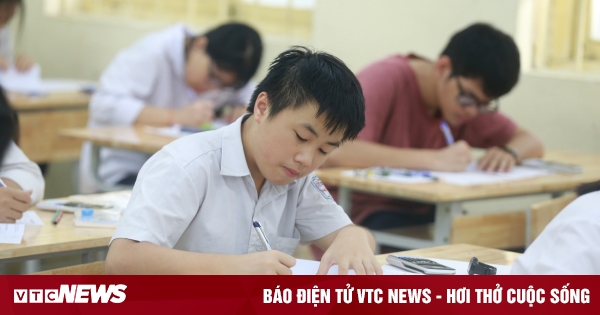

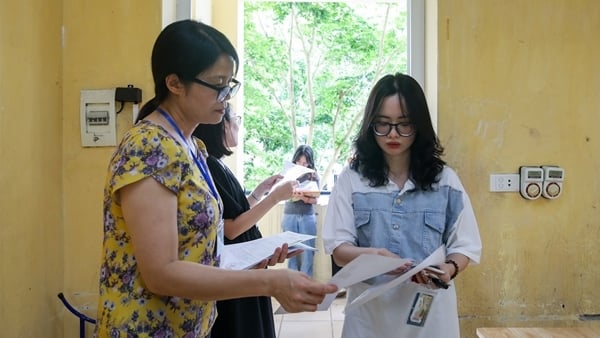







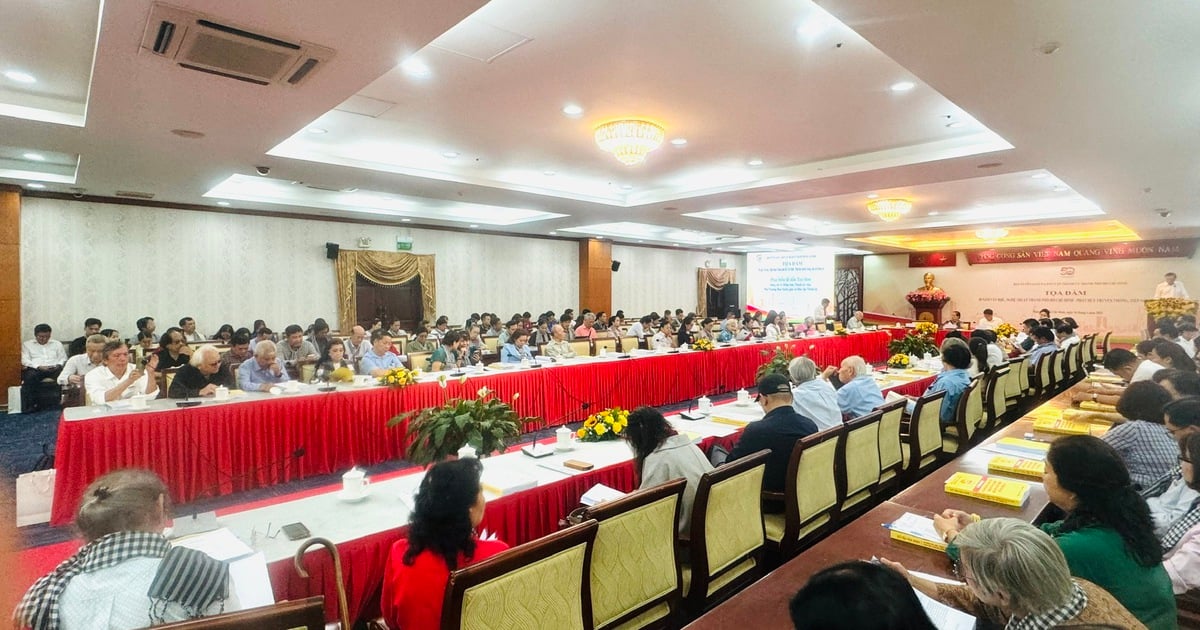


![[Photo] President Luong Cuong meets 100 typical examples of the Deeds of Kindness Program](https://vstatic.vietnam.vn/vietnam/resource/IMAGE/2025/4/16/ce8300edfa7e4afbb3d6da8f2172d580)
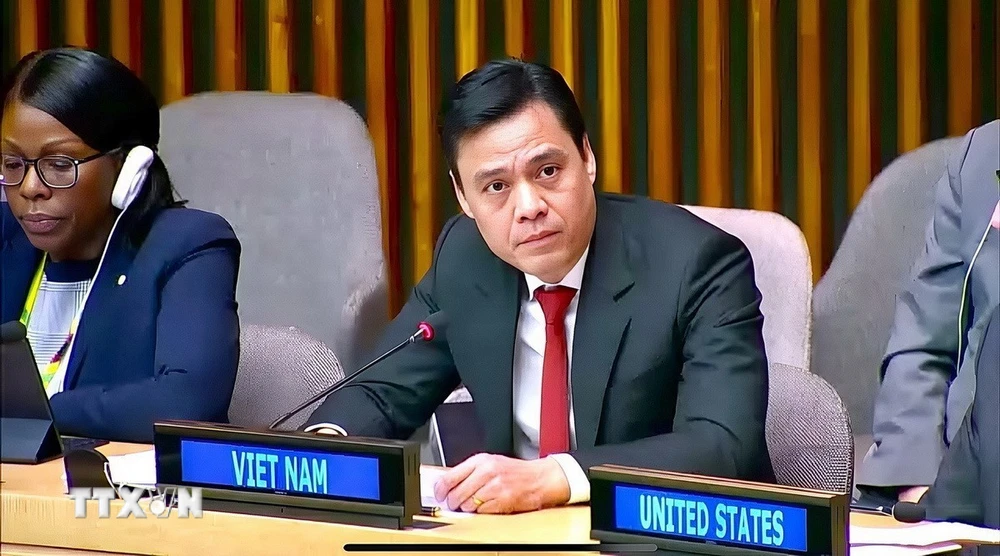


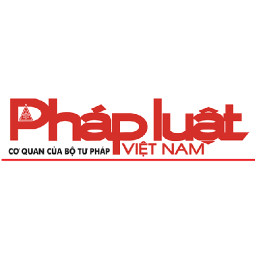






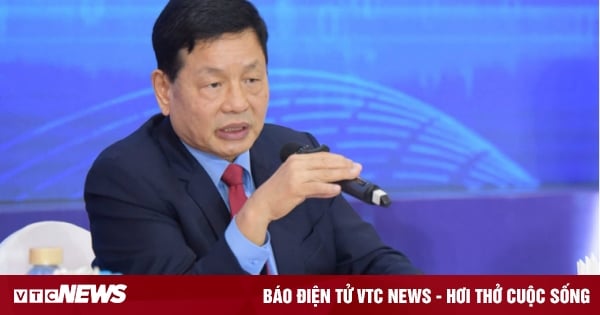


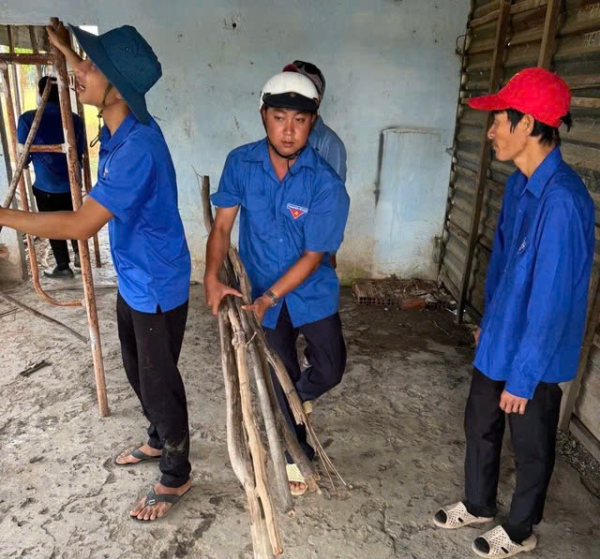












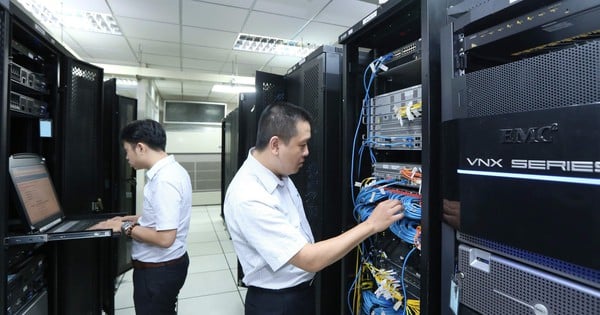

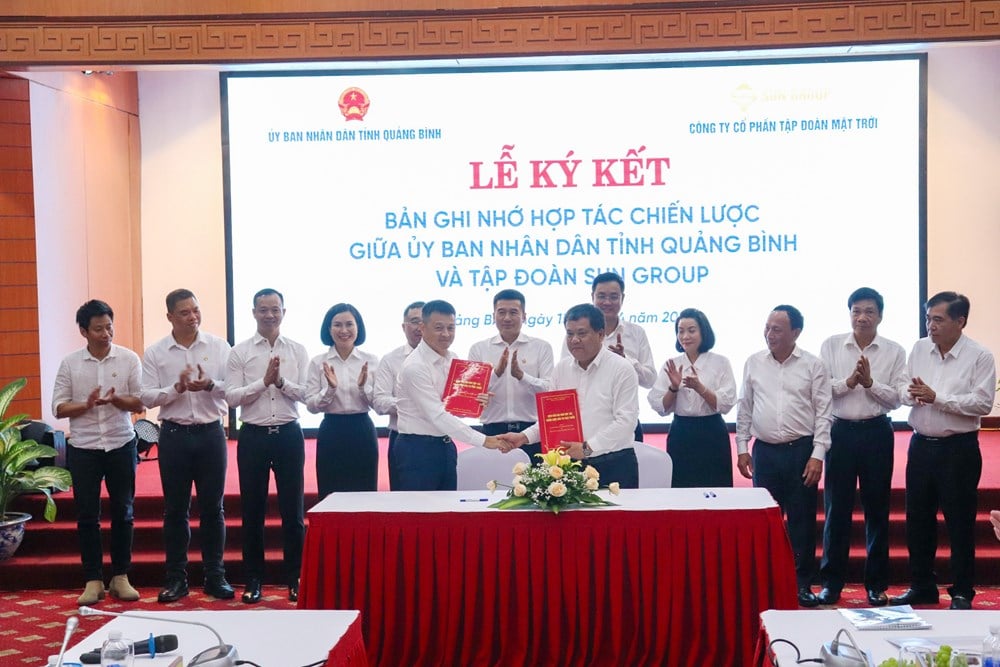


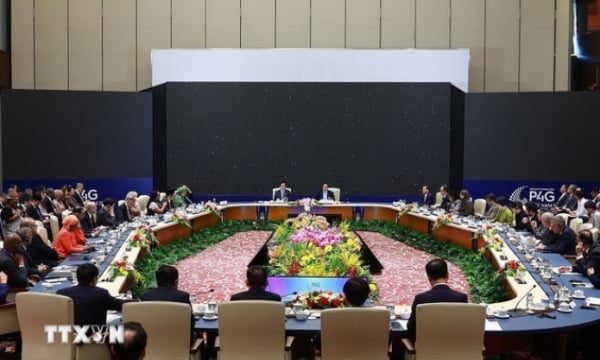

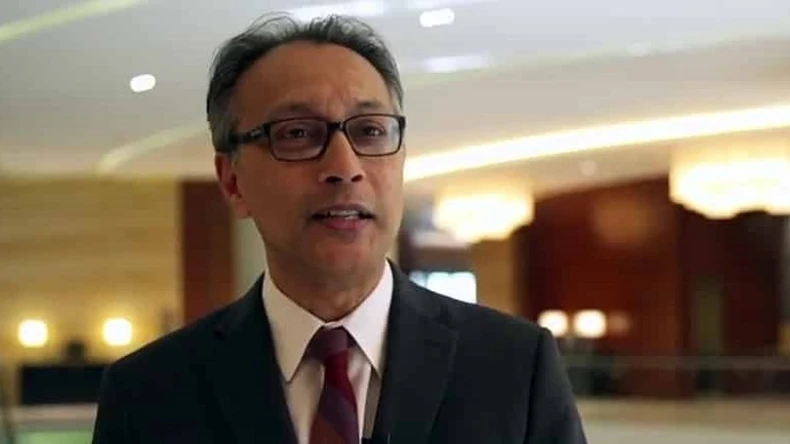


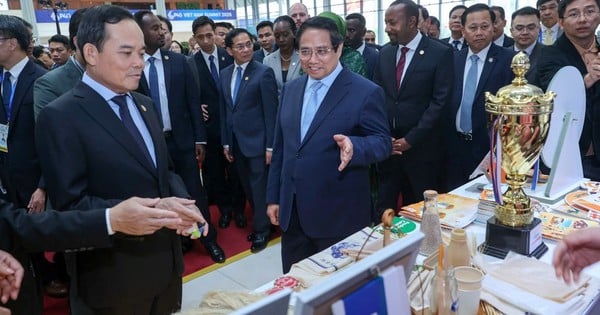

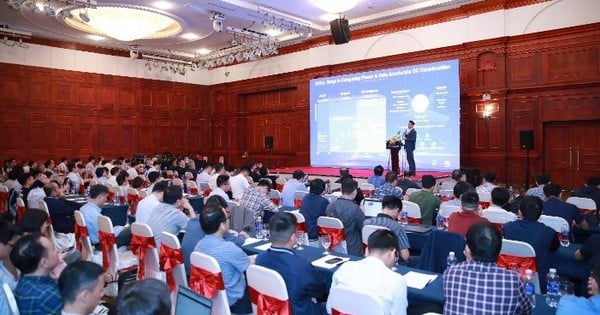



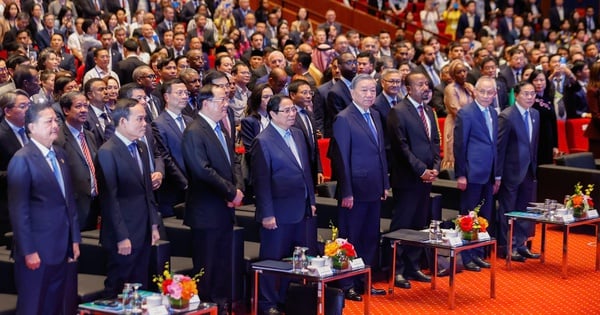




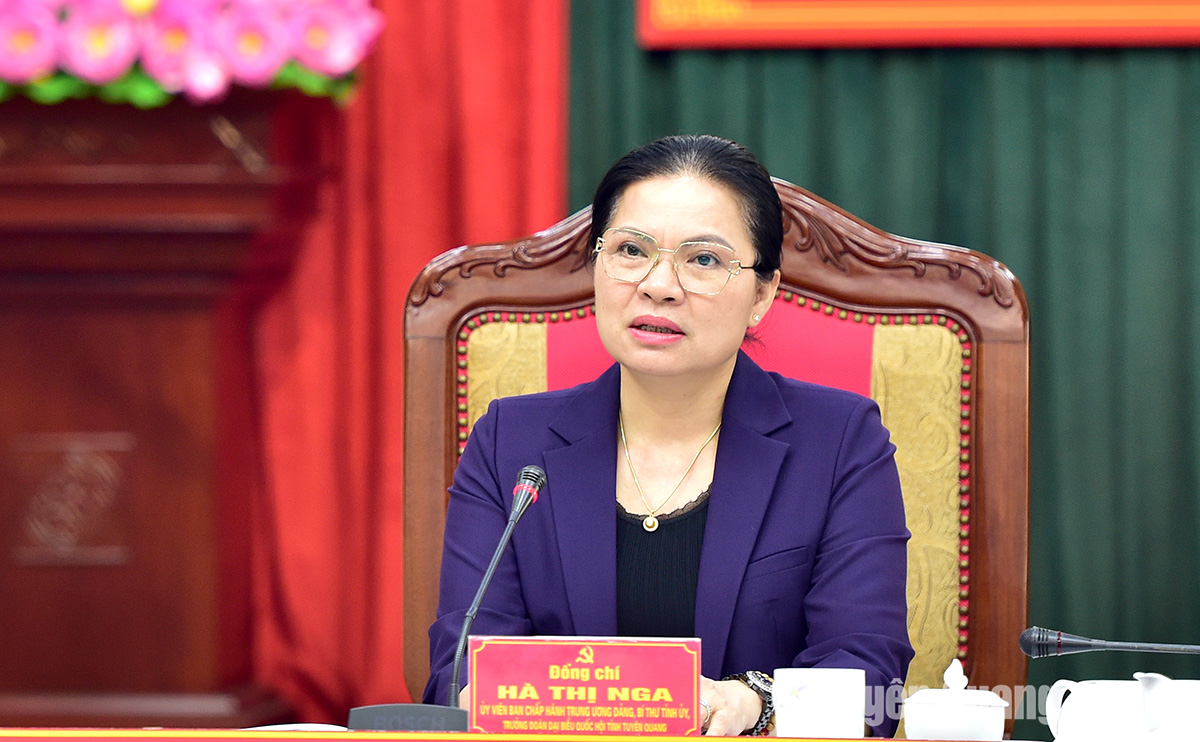
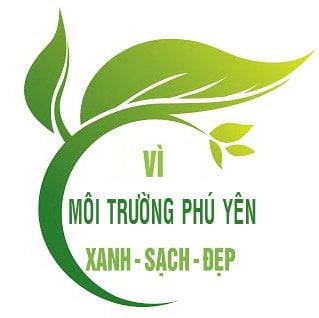
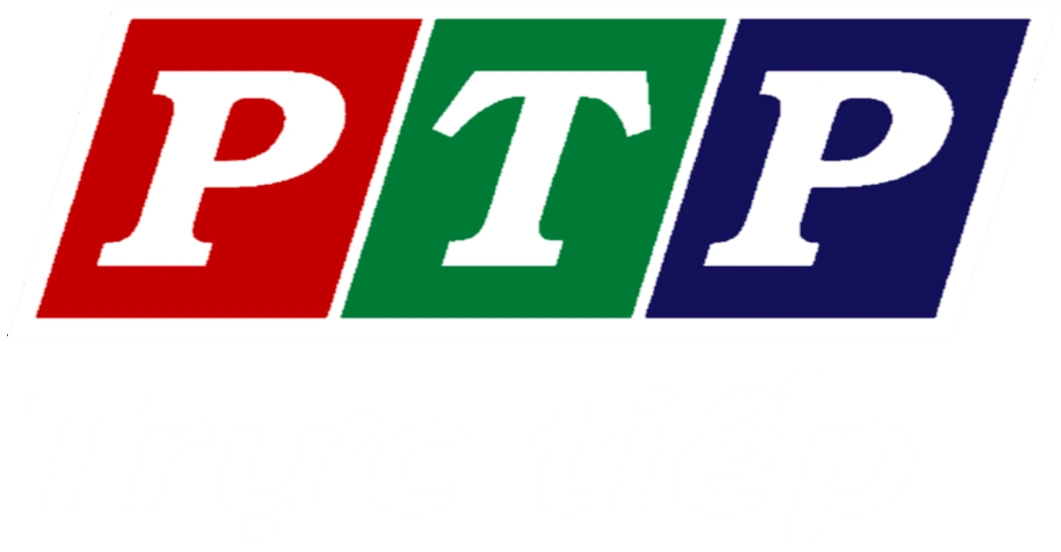
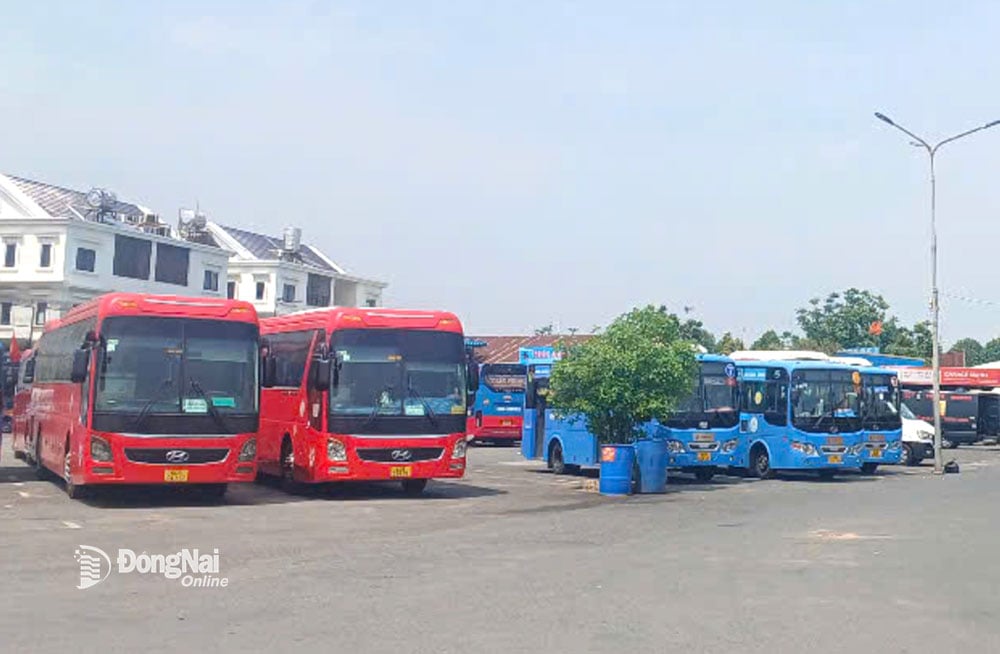

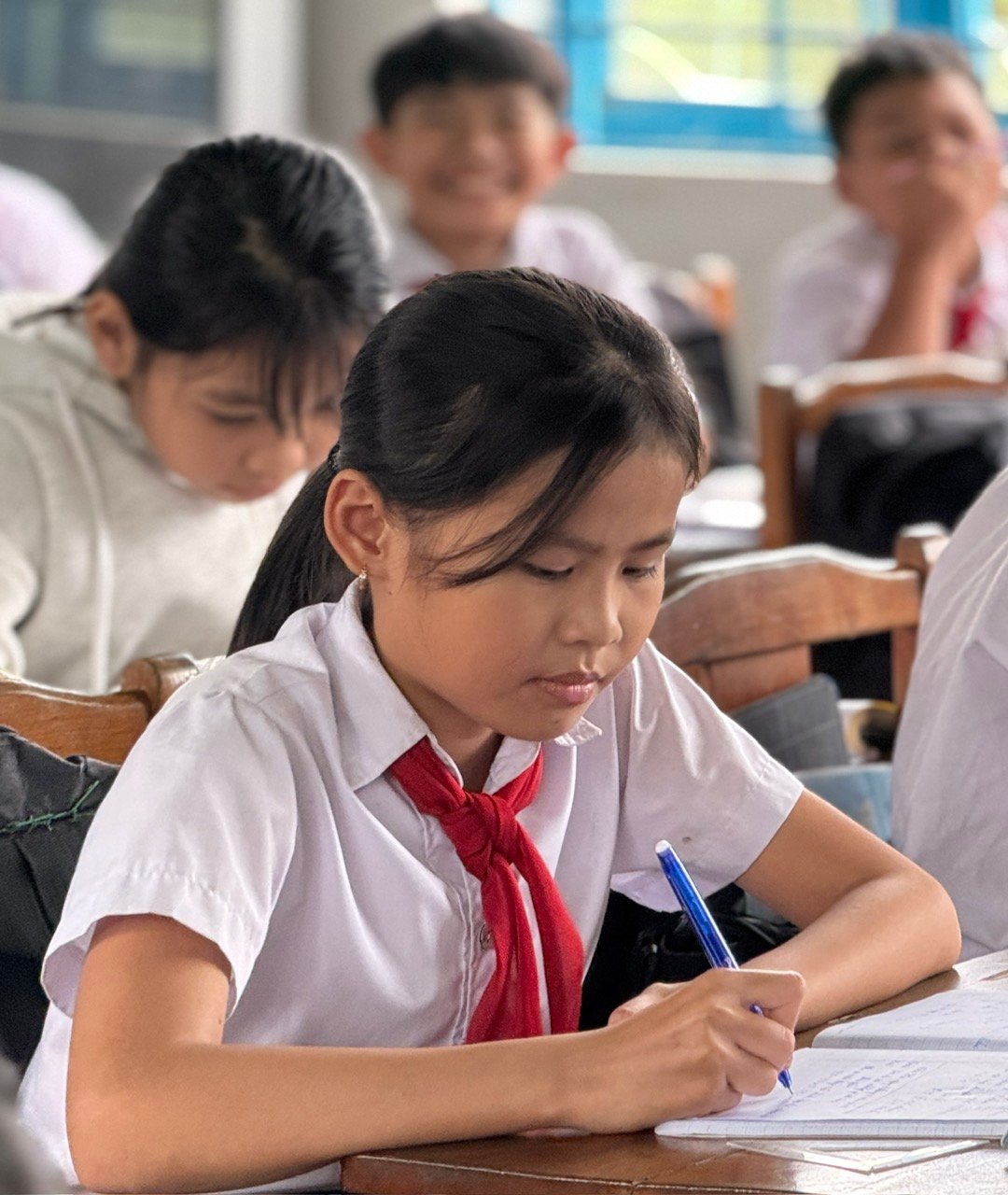




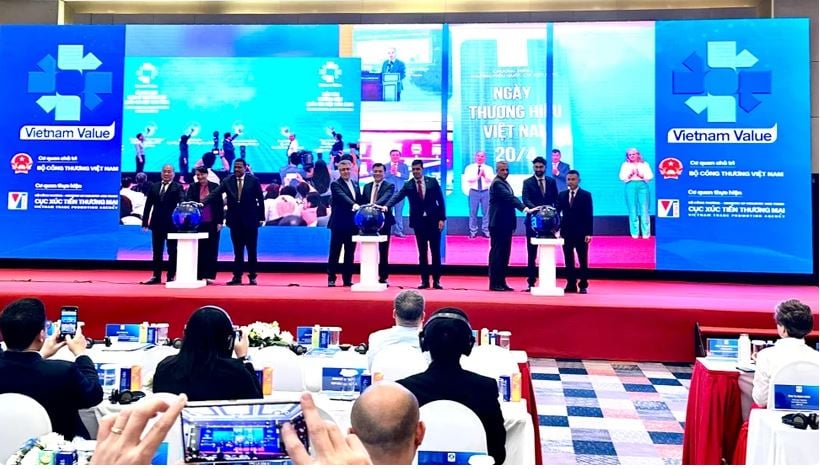







Comment (0)